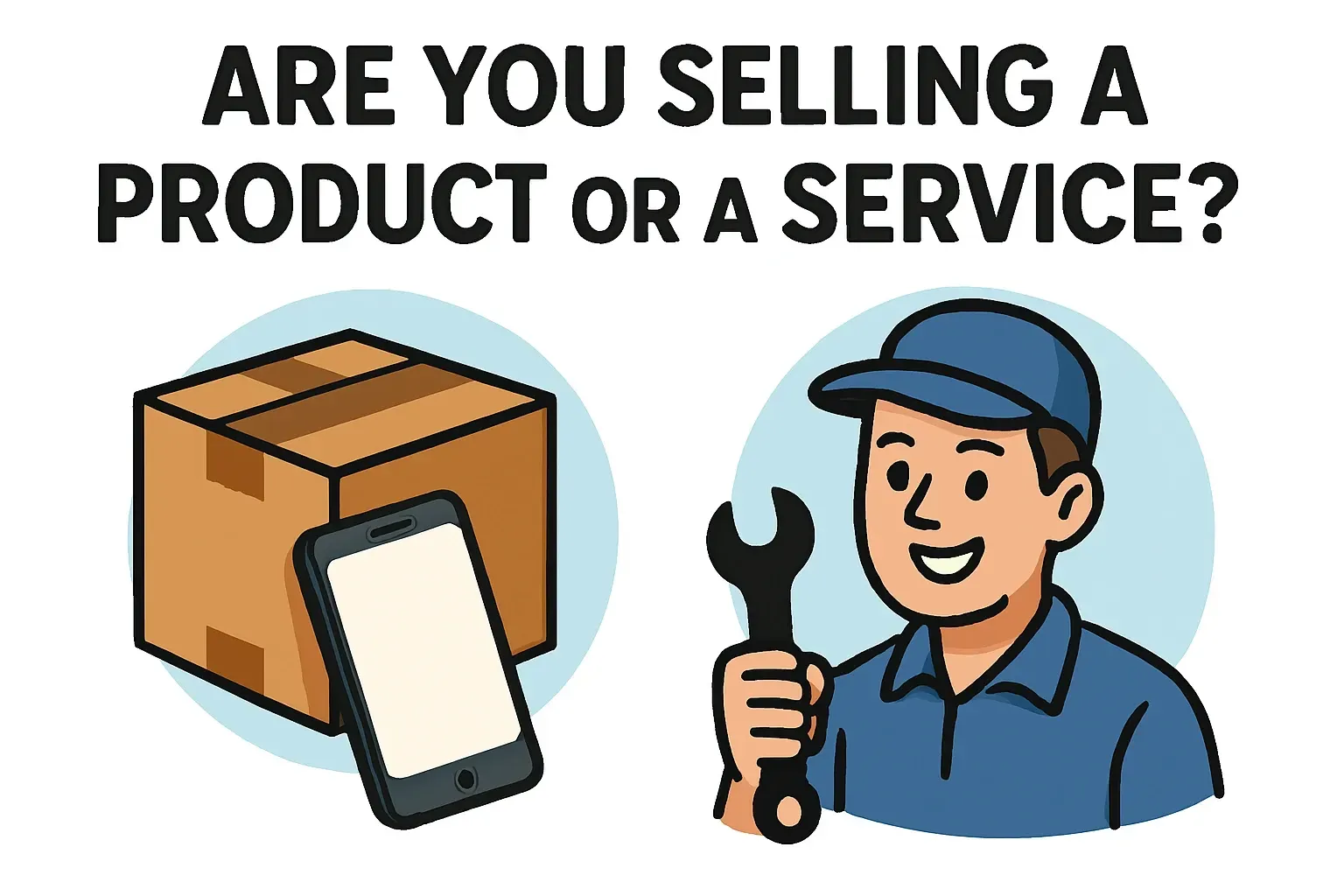Difference Between Product Marketing and Service Marketing?

Marketing is essential in the process of tying businesses with consumers so that they can comprehend and choose the correct offerings based on their requirements. Among the most pivotal points of distinction within the marketing field is the distinction between marketing goods and services, which require different approaches due to their inherent nature.
Product and service marketing differ in their approach, focus, and delivery; however, both require a powerful strategy and an excellent understanding of the customer. At the Altera Institute, students have a chance to work on the development and implementation of marketing campaigns, which helps them develop the skills necessary for career growth and placement. Visit our programs and love to succeed in various marketing scenarios.
This article examines the key distinctions between product marketing and service marketing, illustrating how businesses can tailor their strategies to optimize their impact.
Are You Selling a Product or a Service?
Before devising any marketing campaign, companies must clearly identify whether their core offering is a product or a service. The nature of the offering will influence how it is marketed, delivered, and perceived by customers.

What Is Product Marketing?
Product marketing involves tangible, physical products that customers can view, touch, and evaluate before making a purchase. The main aim is to bring out product features, advantages, as well as the distinct value proposition of a product, convincing the customers to purchase. Strategies in product marketing normally involve branding, packaging, advertising, and distribution through various selling channels.
Examples of Product Marketing
- A smartphone brand is launching a new model with improved camera features.
- A clothing retailer is promoting a new collection through social media marketing.
- A car manufacturer emphasizes safety features in advertisements.
What Is Service Marketing?
Service marketing refers to the marketing of non-physical services exchanged between a company and its customers, as opposed to the marketing of physical products. You cannot touch or store services, and thus, businesses are supposed to focus on customer experience, trust, and satisfaction. Some of the service marketing strategies include developing relationships, customized services, and long-term customer contact.
Service Marketing Examples:
- A bank that offers individual financial advisory services to clients.
- A hotel emphasizing exceptional customer service and luxury experiences.
- A fitness center promoting memberships with testimonials from satisfied clients.
By understanding the nature of the offering, a business can leverage the fundamental contrast between these two offerings and define its respective marketing approaches.

Difference Between Product Marketing and Service Marketing

Marketing is the foundation of every successful business, and yet the way products and services should be marketed varies greatly, given the nature of customer products and services. Understanding these differences is crucial in ensuring that companies develop targeted strategies that align with their products. The main points of differentiation between the two are as follows:
Tangibility
Products are tangible, meaning they can be seen, touched, tested, and evaluated before purchasing. Customers can physically interact with a product, which makes marketing easier through visual appeal, demonstrations, and packaging.
On the other hand, services are intangible. They are not physically checked prior to purchase, and this makes brand credibility, reputation, and customer trust vital in marketing. As services are experienced, many businesses tend to depend on testimonials, word of mouth, and branding to forge value.
Ownership
Products can be possessed, stored, and resold. Once a customer purchases a product, they are in complete control of it.
Services cannot be owned or transferred. What the customer buys is an experience or a solution that comes into existence during the service delivery process.
Customization
Products are typically mass-produced and standardized to ensure uniformity in quality. Although certain products can be customized (such as engraving a name on a phone case), most products are produced in large quantities and targeted at a general audience.
Services are highly customizable because they are tailored to individual customer needs. A service provider can tailor the experience to match the customer’s preferences, making every service unique.
Quality Measurement
Products are easier to evaluate because their quality is consistent and can be compared using specifications, reviews, and ratings.
Services are subjective, as their quality depends on customer perception and expectations. Even when delivered by the same expert, the same service can result in vastly different perceptions for each customer.
Returnability
Products often come with the flexibility of returns or exchanges if they fail to meet the buyer's expectations. Hence, retailers also offer return policies that allow dissatisfied buyers to get a refund or replacement.
Services are not returnable. After using a service, there is no guarantee that it will be reversed or refunded, even if the customer is dissatisfied with the service. Therefore, an organization should aim at providing quality service to a customer once to prevent the recurrence of complaints.
Expiration
Products are longer-lived and can be stored for later use. As an example, electronics or clothing can be sold for years, whereas perishable items, like food products, must be sold within a particular time and have an expiration date.
Services, on the other hand, are non-durable because once executed, they disappear, and value is only provided at the performance stage. When a service is not used, it is lost forever.
Comparison Chart
Other effective areas of distinction between product marketing and service marketing include:
Aspects | Product Marketing | Service Marketing |
Marketing Mix | Uses the 4 P’s—Product, Price, Place, and Promotion. | Employs the extended marketing mix framework—Product, Price, Place, Promotion, People, Process, and Physical Evidence—to address service-specific challenges. |
Value Proposition | Focuses on leveraging the USPs associated with the product, like its features, benefits, and usability, to attract buyers. | Focuses on the customer’s journey, the effectiveness of solutions provided, and the level of satisfaction achieved. |
Sales Approach | A transactional process where the product is sold once and ownership is transferred. | A relationship-based approach where ongoing interactions and customer engagement drive loyalty. |
Delivery & Consumption | Products are produced first, then stored and distributed to consumers. | The creation and consumption of services happen in unison, demanding direct, real-time engagement between the service provider and the client. |
Branding & Trust-Building | Strong branding relies on packaging, advertising, and product quality. | Trust is built through customer relationships, word-of-mouth, and consistency of quality service. |
Scalability | Products can be mass-produced and scaled easily across markets. | Services are limited by human resources, expertise, and time availability of the service provider. |
Pricing Strategy | Influenced by manufacturing expenses, market competition, and the product’s perceived worth to buyers. | Pricing is based on expertise, time, demand, and level of personalization. |
Post-Sales Engagement | After-sales support includes warranties, repairs, and upgrades. | Post-service support includes follow-ups, feedback collection, and relationship-building. |
Purchasing Decision | Customers rely on specifications, features, reviews, and price comparisons to decide. | Customers evaluate based on past experiences, service reputation, and trust in the provider. |
Customer Experience | Experience is influenced by product usability, durability, and aesthetics. | Experience is shaped by service quality, professionalism, and emotional connection. |
Distribution Channels | Involves retail stores, e-commerce, distributors, and supply chain logistics. | Typically delivered on-site (e.g., salons, hospitals) or digitally (e.g., consulting, streaming services). |
Competitive Differentiation | Differentiation in products comes from innovative features, affordability, or unique design | Differentiation in services comes from expertise, exceptional customer service, and customization. |
When these basic differences are identified, businesses are in a position to better target their marketing activities, achieving a wider reach, increased engagement, and higher retention.
Summing Up
The success of a business depends on both product marketing and service marketing, but they must be approached differently because they are fundamentally distinct. As opposed to product marketing, where focal consideration is given to the real products, features, branding, and distribution, service marketing is anchored on trust, customer rapport, and experience.
By understanding these differences, business enterprises can maximize their marketing efforts. Companies that sell products should invest in packaging, competitive pricing, and effective distribution. On the other hand, service-based companies are expected to be more customer-focused and to offer more personalized services.
At its core, thriving marketing hinges on understanding customer desires, delivering genuine value, and cultivating lasting connections. With the right approach, businesses can establish a powerful brand, foster deeper customer relationships, and achieve long-term success in their respective fields.





